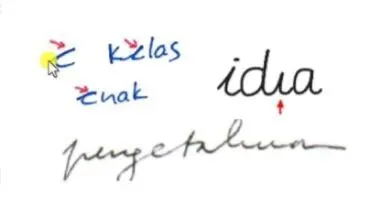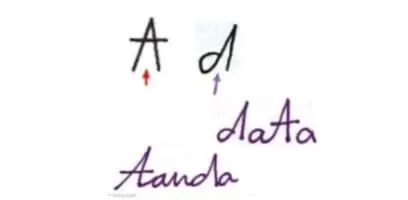Everyone has a very diverse personality; some are open to criticism and change, while others resist it. Those who resist are stubborn. The characteristics of stubbornness are usually quite obvious.
This trait can often have a negative connotation, but not always. Stubbornness can also have a positive side, as it embodies enthusiasm, perseverance, and determination to achieve goals. Have you ever encountered, or even frequently encountered, people with this trait?
What is Stubbornness?
According to the Cambridge Dictionary, stubbornness is the quality of being determined to do what you want and refusing to do anything else, or the quality of being difficult to move, change, or deal with.
People with this trait often have difficulty accepting advice, suggestions, or differing views from others. They are also often reluctant to change their position even when there is evidence to the contrary. They are very firm in their principles and convictions. Simply put, they are rigid or unbending.
Characteristics of stubborn people:
- Difficulty accepting advice, criticism, or input
- Difficulty changing their minds or attitudes, even when there is evidence or supporting arguments
- Strongly maintains their own beliefs
- Reluctant to adapt or change
- Quite difficult to work with and tend to get involved in arguments easily
- Usually very enthusiastic and determined in achieving their goals
- Full of confidence and never give up easily.
Characteristics of Stubbornness Seen from Handwriting
Stubbornness can also be seen in the style of handwriting. According to handwriting analysis by Karohs, these are two traits closely related to stubbornness, similar to the traits mentioned in the point above.
1. Closed-loop “e”

This handwriting style exemplifies narrow-mindedness. It tends to be closed to the opinions of others, making it difficult to listen to their input. Once an opinion is formed, the writer will hold on to it firmly. The image above is an example of a writing style that reflects narrow-mindedness, namely the closed-loop “e.”
2. The letters “t” and “d” with stems that resemble a ‘tent’

If the letters t and d have stems that resemble a tent, as in the example in the image, it indicates a tendency towards stubbornness. They tend to refuse to change their thinking even when confronted with logic, refusing to give in, even when proven wrong. These people often believe they are always right.
Those are some of the characteristics of stubbornness and the traits related in handwriting analysis. While stubbornness isn’t always negative, if left unchecked, it can hinder social relationships. In fact, it’s best to avoid such individuals, especially if their stubbornness leads to negative outcomes.
We should all have a clear understanding of our own personality, knowing our strengths and weaknesses. This is crucial for self-development. Learning handwriting analysis can be one way to help us understand our personality! Therefore, join the official and unquestionable applicative handwriting analysis course from KAROHS. You deserve the best, and our course is the right choice. Let’s realize your full potential with our course, starting now!

